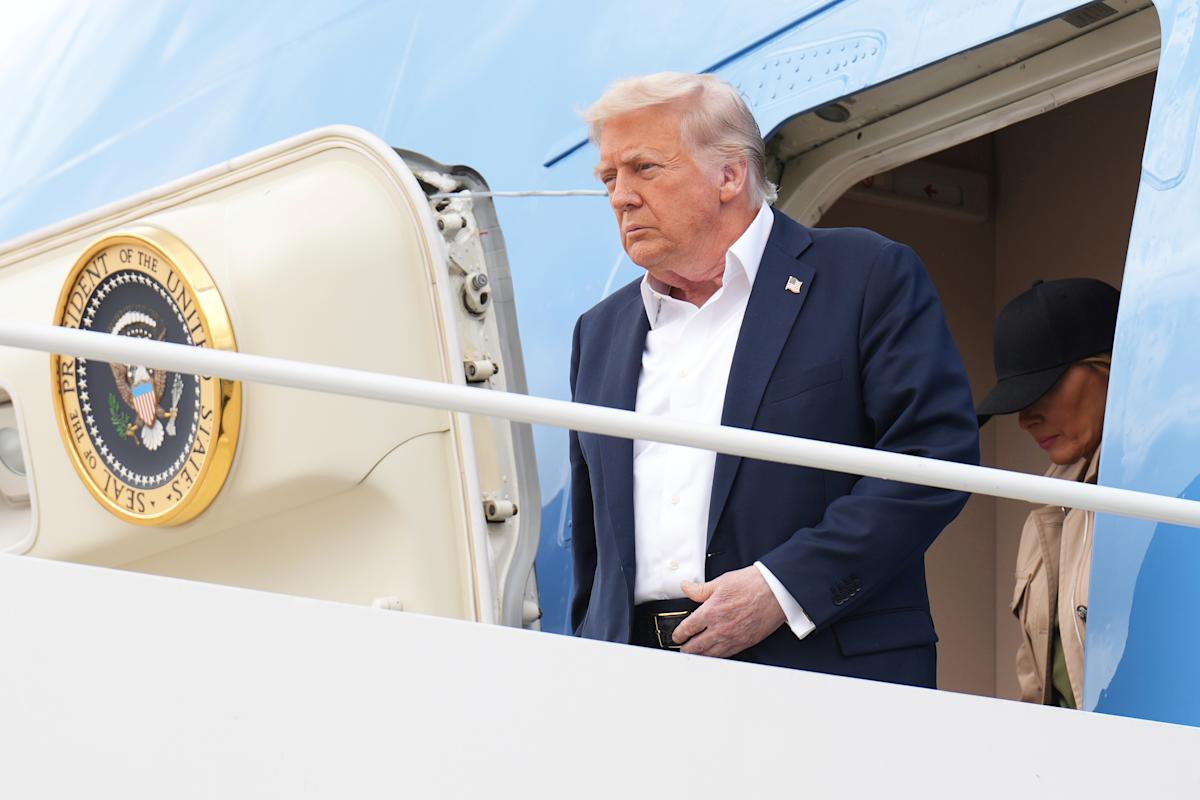
Tariffs don’t matter as much as how big they are: Chart of the Week
How did your country report this? Share your view in the comments.
Diverging Reports Breakdown
Tariffs don’t matter as much as how big they are
The US effective tariff rate has risen to 18%, according to estimates by the Yale Budget Lab. The striking increase is at the center of debate in Washington and on the minds of Wall Street analysts. The latest increase highlights the risk of failing to resolve escalating tensions. Should the average tariff settle to lower amounts, businesses will have more flexibility to absorb the costs, pass them on to consumers, or some combination of the two. The market hasn’t particularly reacted this week, but stocks are still surfing their record highs.. The Takeaway: The harshest impacts of greater levies haven’t arrived yet and may never come.
The Chart of the Day
What we’re watching
What we’re reading
Economic data releases and earnings
One of the strangest things about the new normal of a high-tariff regime is that the harshest impacts of greater levies haven’t arrived yet and may never come, thanks to ongoing dealmaking and deadline extensions.
That new tariffs have been imposed and are on the way is less important than their final shape. The problem is, nobody seems to know what that will be.
Read more: 5 ways to tariff-proof your finances
But there are educated guesses.
Economic observers have tried to give us the best picture of the cost of tariffs based on what the Trump administration has implemented. As of the White House’s latest summer trade announcements, the US effective tariff rate has risen to 18%, according to estimates by the Yale Budget Lab.
Reflected in our Chart of the Week, a chart at the center of debate in Washington and on the minds of Wall Street analysts, is the striking increase, with tariffs reaching levels more fitting to the 1930s. And it keeps rising with every White House missive and threat.
The Budget Lab estimates the effects all US tariffs and foreign retaliation through July 9, including the effects of the deal with Vietnam, the 50% tariff on copper, and this week’s announcements on new rates for more than 20 countries.
“Another round of tariff escalation is in the making as we reached the expiration week of the 90-day pause,” wrote Claudio Irigoyen and Antonio Gabriel, both global economists for Bank of America, in a note on Friday. “These actions come on the back of last week’s extension of the US-China deal and the new deal with Vietnam, which might set the tone for the rest by penalizing re-routing of exports.”
Read more: What Trump’s tariffs mean for the economy and your wallet
With the effective tariff rate well above the norm established for decades, the latest increase highlights the risk of failing to resolve escalating tensions. Should the average tariff settle to lower amounts, businesses will have more flexibility to absorb the costs, pass them on to consumers, or some combination of the two. Which is a key reason why the market hasn’t particularly reacted this week. Stocks are still surfing their record highs.
But should this chart continue to trend higher, then those rates could increase stagflationary risks, the Bank of America economists wrote, and limit the policy responses of the Federal Reserve.
Source: https://finance.yahoo.com/news/tariffs-dont-matter-as-much-as-how-big-they-are-100030244.html
